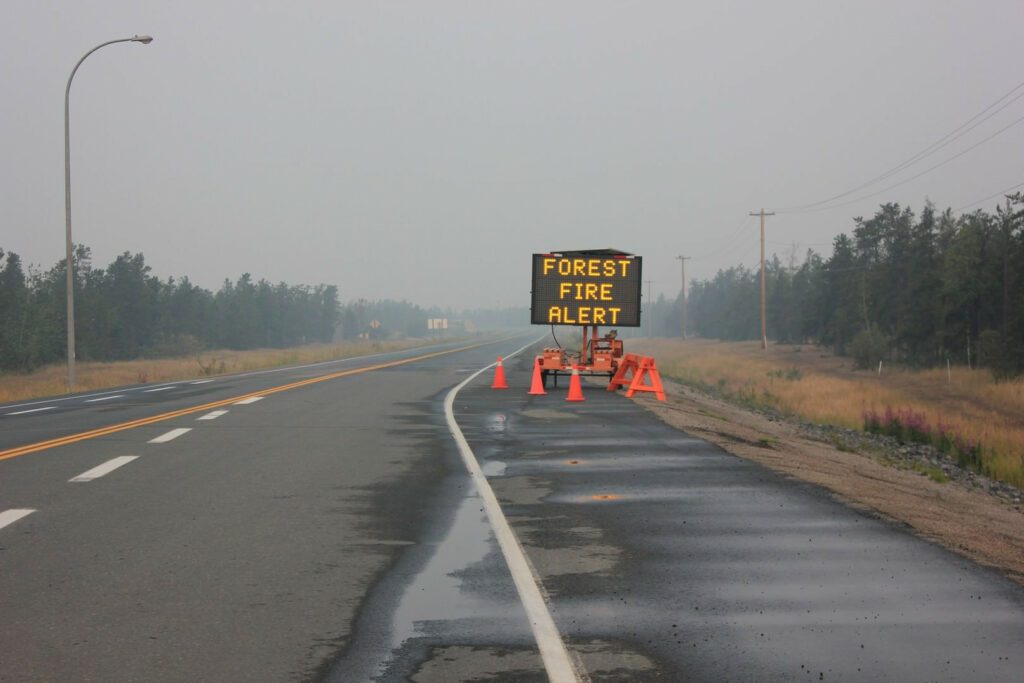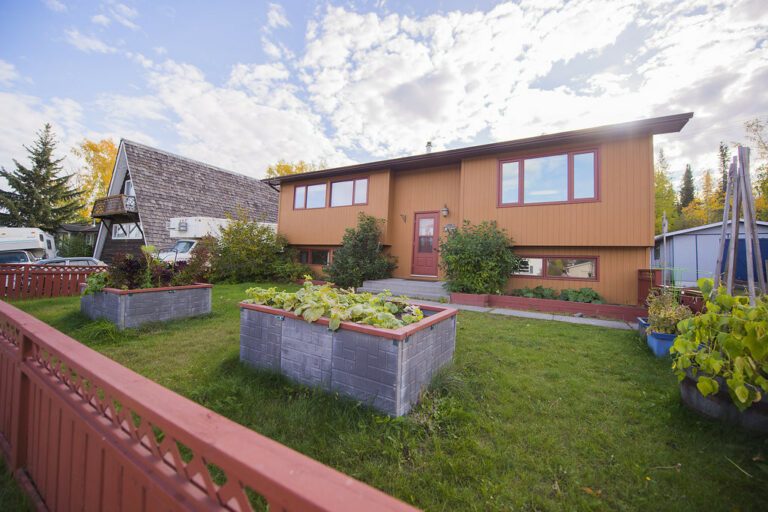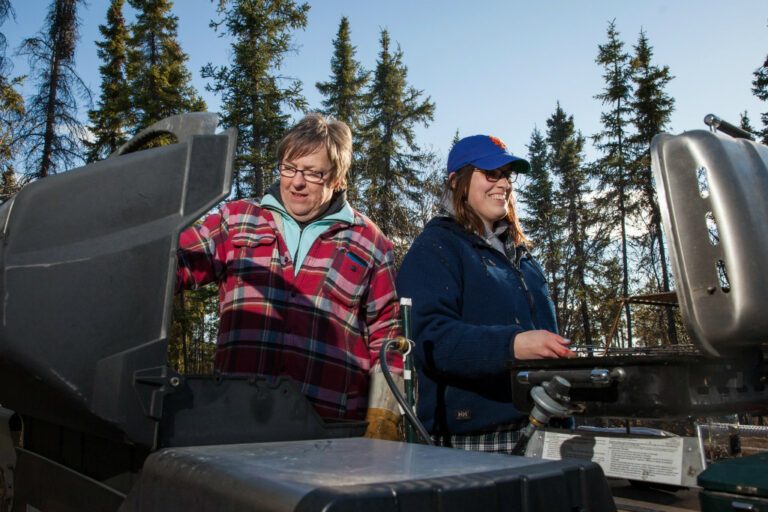Minister Michael Miltenberger was quick to blame public anxiety over wildfires on uninformed social medial commentators, but his own words and statements on the Department of Environment and Natural Resource’s website have done as much to fan the flames.
In an interview with CBC radio last week, the minister marveled at how quickly one fire advanced: 1.5 km in 10 minutes. “An unheard of rate,” Miltenberger said. “We have to be incredibly responsive. Things are changing in some instances hourly if not by the minute.”
Experience this year has “reinforced what we’ve seen for a number of years, fire seasons are starting earlier, and lasting longer. The level of drought has broken all records; fire behavior is changing and that is the new norm,” Miltenberger said.
So far in 2014, more than 300 fires have burned almost 3-million hectares of forest. As of last week, the bill for fire suppression was at $36 million, and accumulating at $1 million a day. If the season continues into September, the tab could hit $50 million. Much of that will leave the territory with imported fire crews and aircraft.
Miltenberger’s attack on social media commentators – in which he claimed “the ill-informed were pontificating to the uninformed” – came as firefighters and aircraft grappled with Fire 85, a blaze burning up the forest 27 kms west of Yellowknife. Amateur fire-watchers could do the math as well as the minister. Fire 85 could reach the city gates in just three hours. The government’s own website is no less alarmist.
“Under the right weather and forest fuel moisture conditions the forests of the NWT can support high-intensity wildland fires that are virtually unstoppable,” states the introduction to Community Wildfire Protection Plans. “They have the potential to spread quickly over great distances.”
ENR drafted the protection plans in response to the wildfire that burned through Slave Lake in 2011 and forced the desperate evacuation of the town’s 7,000 residents. A report on that event is also available online. It is even less comforting than the territorial government’s wildfire experts.
Three wildfires came together on May 15, 2011 to create a fire storm that generated 100 km/h winds and roared across the last 10 kms of forest and into Slave Lake in just one hour – the same burn rate that caused Miltenberger to marvel.
A report on the disaster observed that residents of the Lesser Slave Lake Region are accustomed to smoke from forest fires. A day before the firestorm, “there was no grave concern; a widespread evacuation seemed unthinkable. But circumstances changed very quickly.”
“Everyone was caught off guard,” the report from KPMG said. “Many had little or no warning that the wildfires could spread to the town. Almost all sources of information available to the public said to stay calm. For some residents, the decision to evacuate became clear when they could see the flames coming.”
Basic infrastructure began to fail; water pressure fell and electricity went offline. Telephone service became unreliable. Firefighting crews found themselves without adequate water. It was difficult to even stay standing in such powerful wind, let alone to suppress the flames, the report said.
Leaving Slave Lake was no simple matter. Roadblocks erected to protect drivers from the smoke and fires also prevented many from leaving quickly.
Some recalled driving through smoke so thick they could barely read the license plate on the vehicle in front of them, and feared their windows would crack from the heat.
North Slave fires different
Questioned about the experience at Slave Lake, northern public safety officials said it should not be compared to Fire 85. Their own dire warnings notwithstanding, the sparse forest, bogs and lakes of the shield country west of Yellowknife simply would not burn as quickly as the dry pine surrounding Slave Lake.
Thumbing through the territorial government’s wildfire protection plan for the capital, it’s easy to understand why Yellowknife public safety officials seem blasé about the potential threat from Fire 85. According to the plan, the fire threat on the city’s western and northern flanks is relatively slight, and Yellowknife Bay protects the eastern border.
The most serious threat would come from the south, where a wildfire in the mixed stands of pine and spruce could be driven toward Yellowknife by the prevailing wind that during fire season gusts from the south across the long reach of the North Arm.
The community plan advocates public education: Everyone needs to embrace and act on the FireSmart program, a short list of practical steps toward reducing risk, such as removing potential fuel and building with fire retardant materials.
“If stakeholders understand the issues relating to wildland/urban interface hazard they will be more likely to take action on their own property or to support actions taken by other authorities,” the plan states.
The Yellowknife Emergency Measures Plan provides authority and direction during an emergency, but does not deal with specific emergencies, such as wildfire – a potential chink in the city’s FireSafe armour.
“The community does not have a wildfire pre-plan to provide emergency responders with detailed tactical information with respect to values at risk and operational strategies and tactics to minimize losses,” it said.
The plan also proposes creation of fire breaks 10 kms out from the city limits. Dennis Marchiori, Yellowknife’s public safety director, said the firebreaks would be a 10-15-year project. He will make a presentation to council later this year on the wildfire plan.
Mayor Mark Heyck agreed with Marchiori that there are too many variables in a wildfire to draft a detailed action plan. In any event, Heyck said, a total evacuation of Yellowknife is unthinkable. At worst, a wildfire might require evacuation of a threatened neighbourhood to a safer corner of the city.







